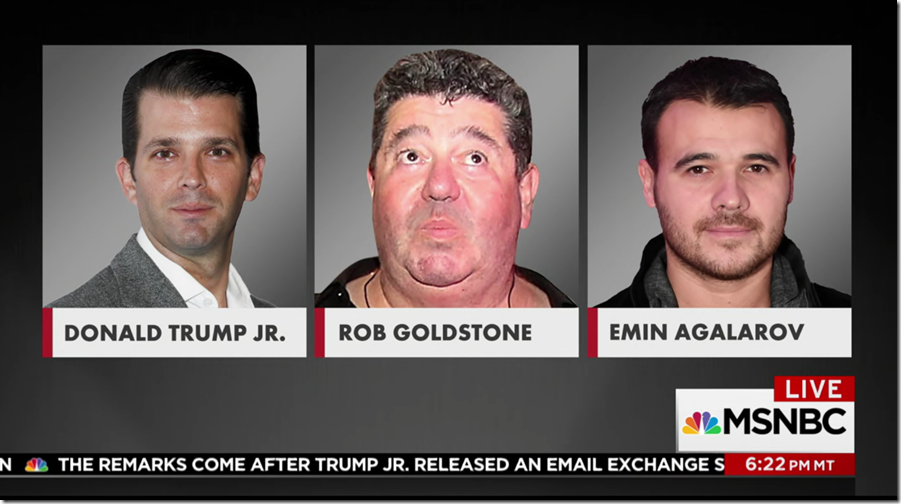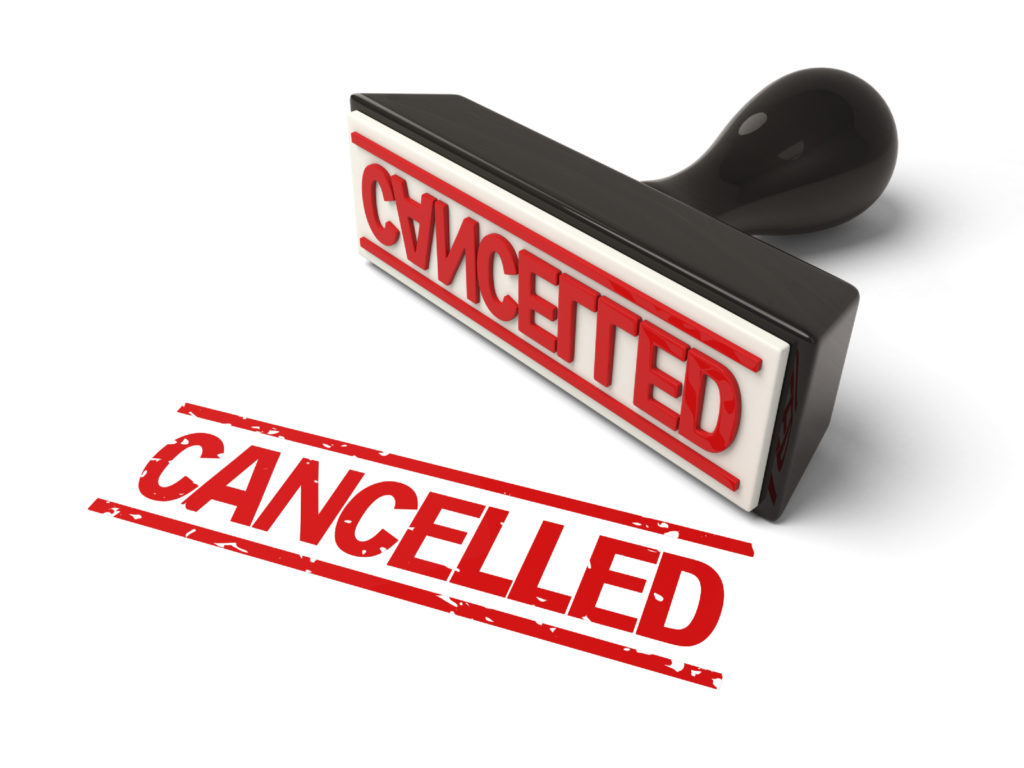Lee Iacocca’s Media Rules of the Road
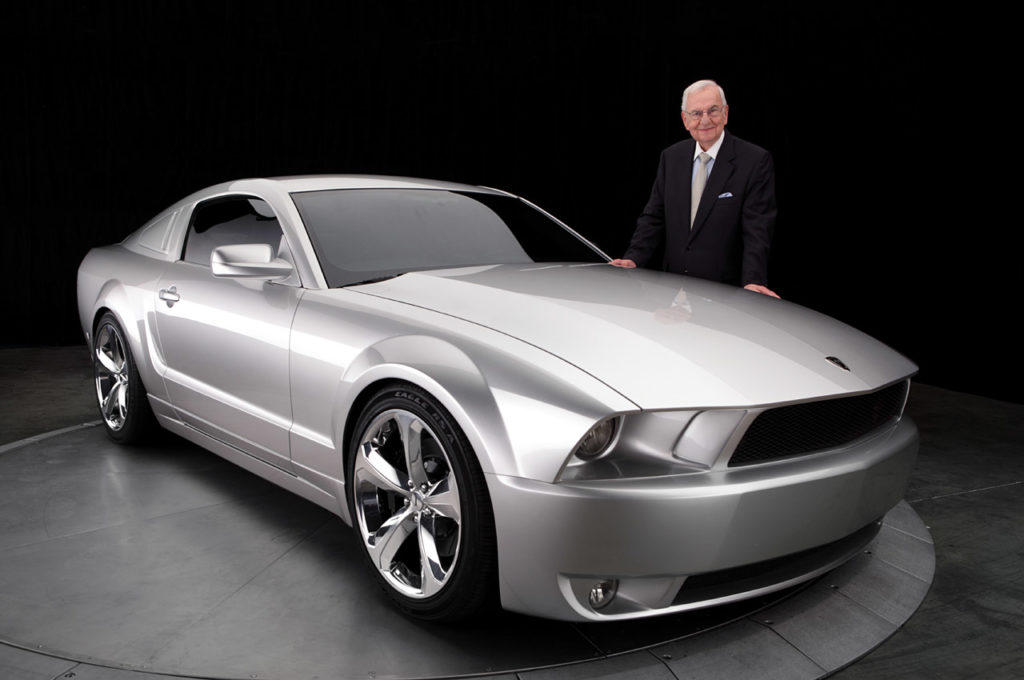
Lee Iacocca, the celebrity auto executive who led Ford and Chrysler, died July 2, 2019 at the age of 94. Here he stands with the 2009 Iacocca Silver 45th Anniversary Edition Mustang. (Via Wikimedia through Flikr/The World of the Ford Mustang. Licensed under CC BY-SA 2.0.)
Lee Iacocca, the legendary auto exec who died at 94 last week, created some of America’s most famous cars (Mustang, K-Car, minivan) and pitches (“If you can find a better car, buy it”), first at Ford, then at Chrysler.
Known for his straight-shooting, tough-talking ways, he became a media celebrity, a famous pitchman, a visionary CEO, and a bestselling author. He successfully led the restoration efforts of Ellis Island and the Statue of Liberty in the 1980s. Many hoped he would run for president.
Iacocca was a whiz at marketing, sales, and inspiring confidence in the products he pitched. His innate understanding of how best to use the media to reach his audience was key to his ability to get drivers behind the wheels of his cars (let alone save Chrysler from the brink of disaster).
Here’s one of his commercials from 1982:
Iacocca was good at making things run. A fan of effective communications, he had his own ideas of how a relationship with the media could run a whole lot smoother – like a 1960s Mustang.
Lee Iacocca’s Media Expectations
In Talking Straight, the 1988 follow-up autobiography to his first autobiography (1984’s Iacocca: An Autobiography), Iacocca wrote:
“Sometimes you can be skeptical of the motives of the press, but anyone who underestimates its power is naive – no, plain stupid.”
Later, he notes:
“Even when you get put through the meat grinder, you can’t get overly paranoid about the press, or you’ll be too scared ever to sit for an interview.”
Iacocca’s Guidelines
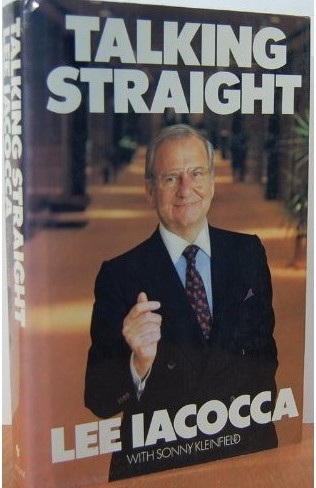 To help counter that paranoia, he lays out (in Talking Straight) the approach that he followed when dealing with reporters – the majority of whom he found did their homework and acted responsibly. Iacocca believed these steps helped him to get fair treatment and enabled the press to get their story.
To help counter that paranoia, he lays out (in Talking Straight) the approach that he followed when dealing with reporters – the majority of whom he found did their homework and acted responsibly. Iacocca believed these steps helped him to get fair treatment and enabled the press to get their story.
His tips stand the test of time, as did his legacy.
- Be accessible (“and I don’t mean accessible at my convenience”). Iacocca made a point to keep the press briefed on the high moments and low ones. His unwavering rule was to hold a press conference whatever the quarterly results were. As he noted:
“(Reporters have) a story to write no matter how our earnings turn out – their editors don’t give them the day off if we have a dud of a quarter – so why shouldn’t I be available to explain why we fouled up?”
- Be truthful. Iacocca believed that if you were level with the press, the coverage will be fair and balanced. Reporters want balance, he wrote, and for his part, he knew that was about supplying the facts. As he noted:
“Believe me, they’ll find out the bad stuff anyway. Why not take them behind the scenes and save everyone’s time?”
- Be discerning in your discretion. There are times, he wrote, when he couldn’t be as forthright with reporters as he hoped he could be. (We have some ideas of our own about how to deal with a “no comment” subject without saying, “No comment.”) Iacocca writes:
“A reporter may say to me: ‘Hey, I hear you’re having problems with the start-up of your ’88 cars. What’s going on?”
Instead of just answering, ‘No comment,’ or ‘Why don’t you shut up?’ I’ll tell him: Well, in time I’ll be able to fill you in. But now’s not the time.”
You have to know when to pass. I frequently say, ‘I’ll see you next month on that. I’ll be ready then, but I’m not today.’ If the reporters know from your past behavior that you really will give them the facts next month, they won’t get all riled up.”
- Be wary of recordings. Unless Iacocca knew the reporter, he wouldn’t allow a recording. He also had one other caveat: He told reporters they could not use the interview for archival material for future features. It was for that specific article, and that was it. (In the book, he delves into why he adhered to that rule. The quick story: A freelancer sold a story about Iacocca to a less-than-reputable publication based on notes he had taken for a story for Life magazine.)
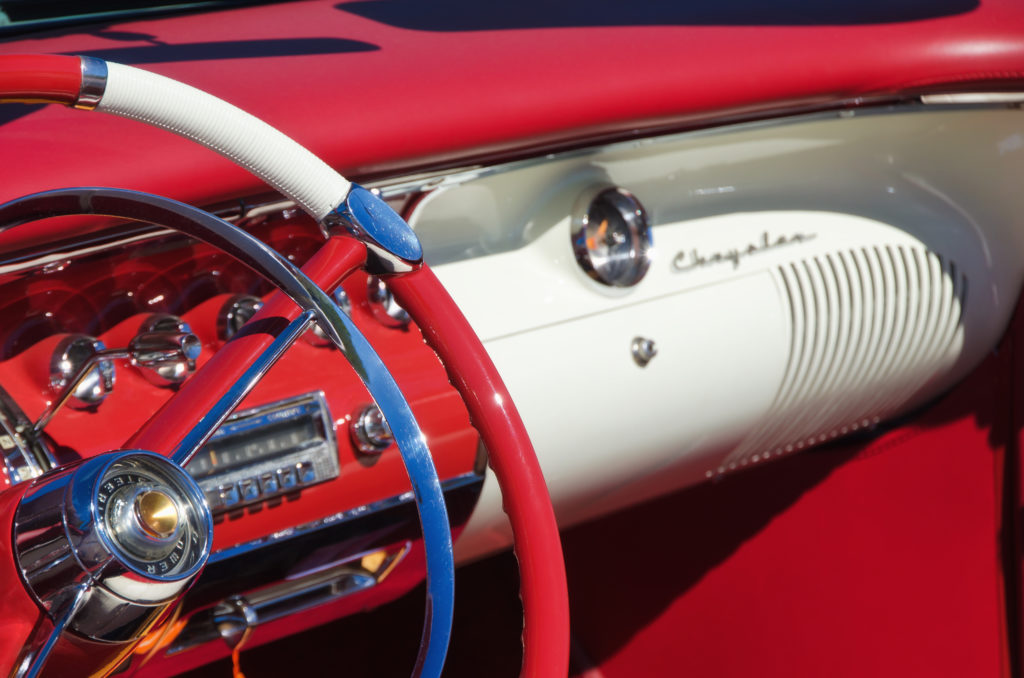
Iacocca’s Call to Journalists
Conversely, Iacocca lists behavior he expected from the press:
- Do your homework. As Iacocca worked to immerse himself in the subject of his industry, he expected reporters to do the same. He writes:
“When I give a speech … I’ve got to know my subject better than anyone in that room. Similarly, when a reporter comes in for an interview, he ought to know his stuff.”
- Do your due diligence. He notes:
“I’d also be a lot happier if the press did a little more checking around before making a splash out of something.”
- Exercise caution. Iacocca hoped reporters evidenced some discretion, rather than simply following whatever was the most sensational angle of the story. He shares a story of a press conference right before 1986’s Liberty Weekend. Reporters were more worried about “rumors” that there was no insurance for the fireworks, rather than the importance of the 100th anniversary of the Statue of Liberty and major renovations for Ellis Island and the statue herself.
The celebration went off without a hitch, as had been his expectation. The late ABC World News Tonight anchor Peter Jennings sets up the scene that unfolded at about this time 33 years ago:
Timeless advice
Iacocca was even prescient in his advice on how best to consume the media. He suggested a diverse diet – multiple TV news programs, publications (and, if they had been around then, perhaps blogs and social media platforms). Such a diet has become increasingly difficult in what some described as “separate information silos.”
A wider perspective, he wrote, made the difference in how informed you were.
While the media rules of the road have changed over the past few decades – spokespeople might be well advised to record certain media interactions, for example – the core of his advice remains timeless.
Iacocca’s idea was for spokespeople to be as forthright and involved as was possible so that news people would be better informed and better communicate information to their readers and listeners. In turn, those consumers would be better able to employ critical analysis and be engaged.

